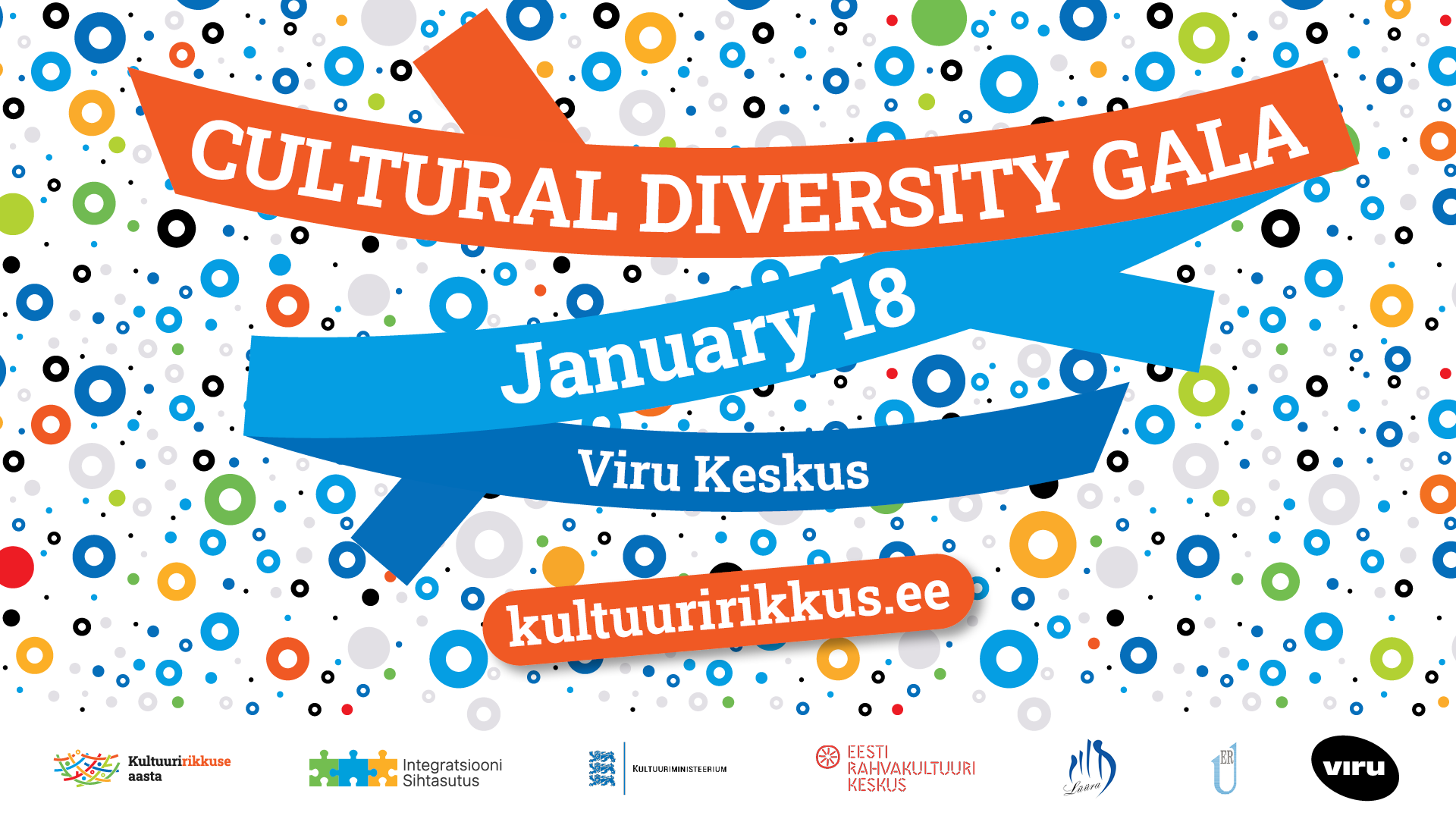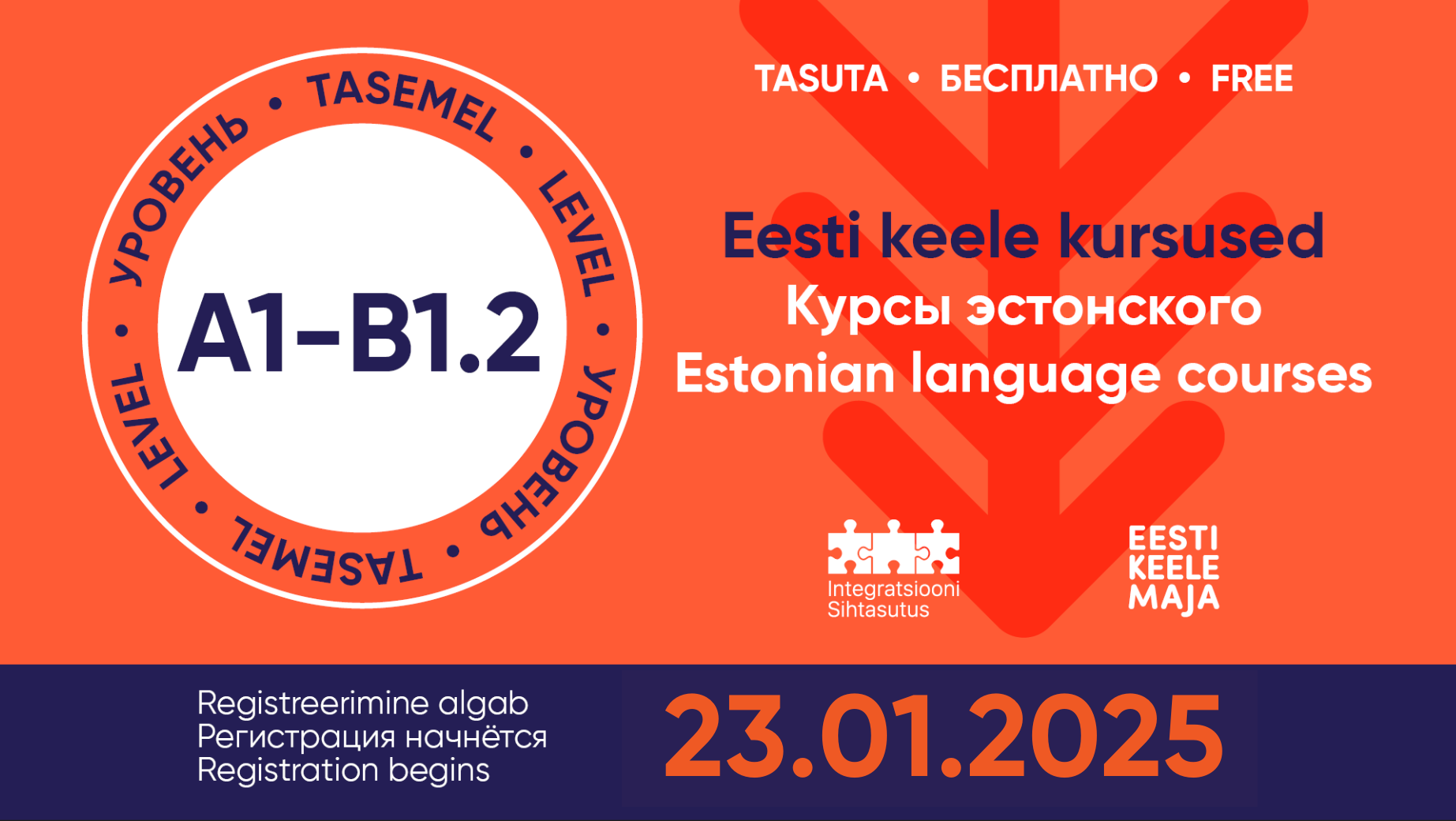On Saturday, 18 January, the theme year, which began a year ago and is dedicated to all the residents of Estonia – the Cultural Diversity Year – will come to an end. For this occasion, everyone is welcome to attend a free cultural diversity gala, which will be held by the theme year working group in Viru Keskus in cooperation with various communities.
The gala offers an opportunity to celebrate the cultural diversity that is born from the cultural differences and similarities of the people living in Estonia. Our country has been home to communities of Estonians and other peoples for centuries, and there are currently more than 217 such communities. The resulting cultural diversity is expressed, for example, in languages, customs, clothes, food, songs and dances.
At the cultural diversity gala, you can participate in a number of unique activities with family and friends. For example, to highlight our cultural diversity, Alika Milova, Ant Nurhan, Uku Suviste, Rute and Ruslan Trochynskyi and many other stars of the Estonian music scene will give a unique gala concert. For the finale, all the performers will sing together with Reet Linna, Peeter Vähi, the Port of Tallinn Choir.
In addition, you will make several discoveries at the gala. For example, Jaak Juske, Aliis Hazlehurst Palo and Josef Kats will conduct guided tours showing the cultural diversity that can be found in Tallinn’s city centre. Members of dozens of national cultural societies will display their national costumes and enchant you with songs, dances and handicrafts. During the event, you will be able to sample from a culturally diverse menu.
The gala programme has been prepared in cooperation with the Integration Foundation and the Ministry of Culture, which is leading the Cultural Diversity Year, and the Estonian Centre of Folk Culture, the Estonian Union of National Minorities and the Union of National Cultural Associations “Lüüra” (“Lyre”).
This gala of cultural diversity will offer free group events on January 18, from 12 a.m. to 9 p.m. It will take place primarily at Viru Keskus, where the guided tours starting in Tallinn's Old Town will end. The full programme and other information can be found on the website of the Cultural Diversity Year: kultuuririkkus.ee/gala.


